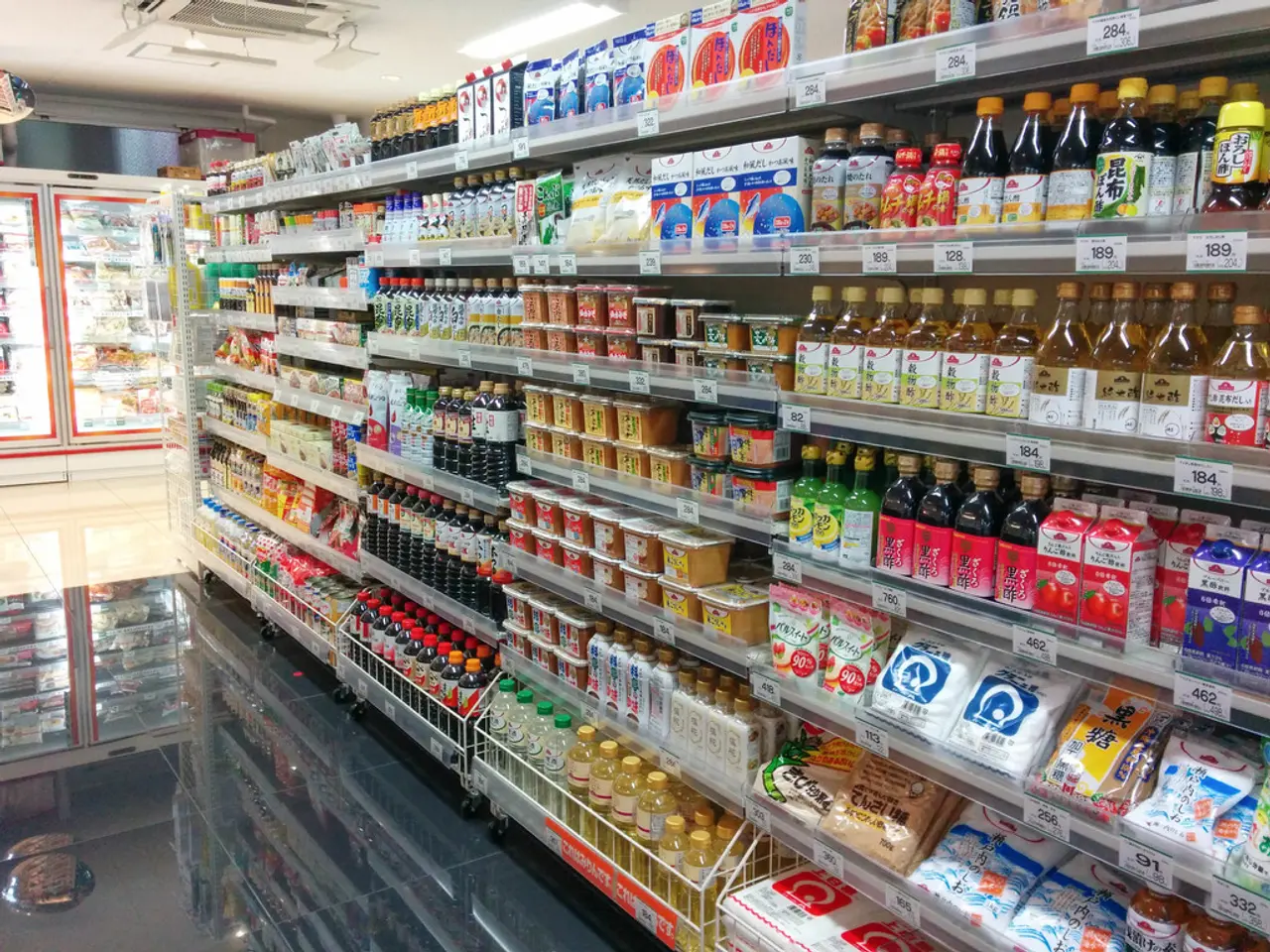Competitive Struggle: Definition, Key Features
In the world of economics, one of the simplest yet significant market structures is known as pure competition, or perfect competition. This market model offers an idealised representation of how certain markets function, particularly in agriculture and certain online retail sectors.
In a pure competition market, there are numerous sellers and buyers, ensuring that no individual participant can influence prices. The products, such as wheat, sugarcane, or items on online retail platforms like Amazon and Flipkart in specific categories, are homogeneous and indistinguishable, leading consumers to base their choices solely on price.
This homogeneity eliminates brand loyalty or product differentiation, making competition price-based. Buyers and sellers have perfect or near-perfect knowledge about prices and product quality, preventing information asymmetries. This knowledge, combined with the large number of participants, keeps prices largely set by market supply and demand, with firms acting as price takers.
The freedom of entry and exit for producers allows the number of sellers to adjust with profit opportunities. If profits are attractive, more firms enter the market, and when they are not, firms leave, keeping profits normalized in the long run. The mobility of factors of production, such as labour and capital, enhances market efficiency by allowing resources to shift to the most profitable sectors.
In a pure competition market, there are no opportunities for producers to apply a more premium price due to homogeneous products. Transition costs borne by consumers are zero, making it easier for them to switch between products or sellers.
While perfect competition is an idealised model, agricultural markets worldwide are often cited as the closest examples, even though real markets might deviate slightly due to transportation costs, product variations, or other minor barriers.
It's essential to note that in a pure competition market, companies try to produce the largest output at the lowest price to maximize their profits. Each producer faces a very elastic market demand, so there is no reason for them to sell prices above the market price. If a company goes bankrupt, market supply decreases, raising prices in the short run. However, due to low entry barriers, any increase in profits will encourage new players to enter, preventing economic benefits from lasting in the long run.
In conclusion, understanding pure competition provides valuable insights into how certain markets function. Despite its idealised nature, it offers a useful framework for analysing and predicting market behaviour in various industries.
- In various industries, including finance and business, understanding the concept of pure competition, as observed in certain markets, can provide valuable insights into their functioning.
- Firms within the finance, business, or agriculture sectors, where pure competition applies, aim to produce the largest output at the lowest price to maximize their profits, as they face a very elastic market demand and act as price takers.




